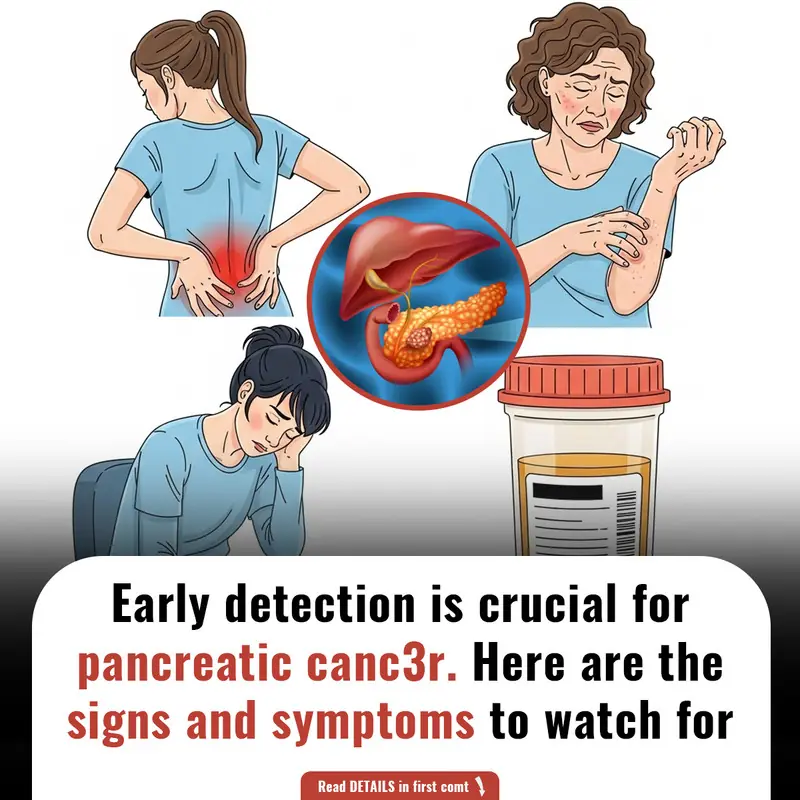
How to Prevent and Reduce Age Spots: Tips for Healthier, Brighter Skin
As we age, age spots—also known as liver spots or sunspots—can begin to appear, often on areas of the skin that are regularly exposed to the sun, like the face, shoulders, and hands. These dark, flat spots are commonly seen in individuals over the age of 40, though they can start to show as early as the 30s. If you're looking for ways to prevent or reduce these spots, you're not alone. The good news is that there are various strategies, both preventative and corrective, that can help minimize their appearance and protect your skin from further damage.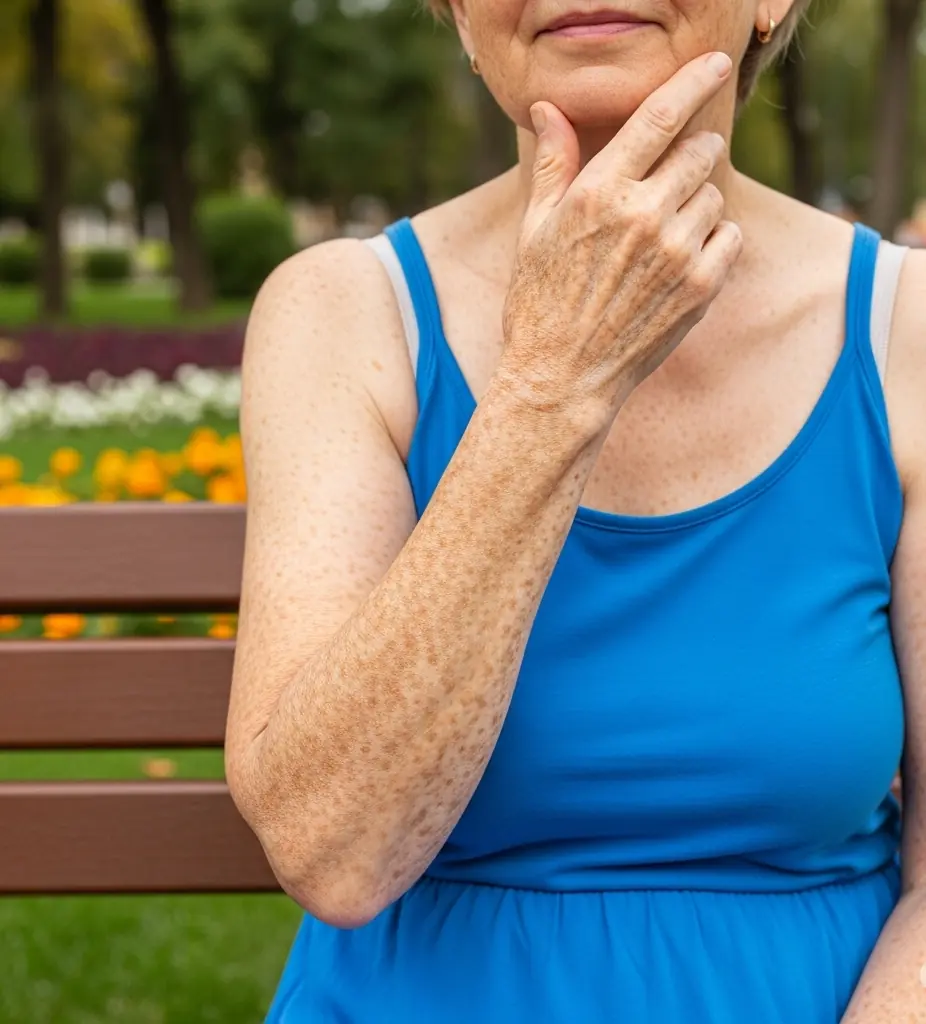
What Are Age Spots and Why Do They Appear?
Age spots are small, flat, darkened areas of skin that form as a result of prolonged exposure to ultraviolet (UV) rays. Even if you're diligent about using sunscreen, cumulative UV exposure over the years still contributes to the development of these spots. Age spots are more common in people with lighter skin tones, but individuals with darker skin can also experience spots of hyperpigmentation, where certain areas of skin become darker than others.
While age spots themselves are harmless, they can be a cosmetic concern for some. The key to managing them effectively is a combination of prevention, at-home treatments, and professional procedures if necessary.
How Can You Prevent Age Spots?
Prevention is always the best approach when it comes to age spots. Here are the most effective ways to protect your skin from developing new spots:
1. Limit UV Exposure
The most important step in preventing age spots is to limit your exposure to UV rays. UV exposure from the sun can significantly increase the likelihood of developing dark spots. Even if you’re using sunscreen, extended exposure over time can still result in new spots forming.
To protect your skin:
-
Apply broad-spectrum, SPF 30 or higher sunscreen every day, even on cloudy days.
-
Wear tinted sunscreen for added protection against UV rays.
-
Avoid sun exposure during peak hours (10 a.m. to 4 p.m.).
-
Wear protective clothing, including wide-brimmed hats and sunglasses.
2. Wear Sunscreen Daily
Daily sunscreen use is critical in protecting your skin from further UV damage. Sunscreen helps prevent the formation of new age spots and keeps existing spots from darkening. Use a sunscreen that protects against both UVA and UVB rays, and reapply every two hours, especially when spending time outdoors.
Can You Get Rid of Age Spots?
While completely eliminating age spots is difficult, there are several treatment options that can reduce their appearance. Both at-home remedies and professional treatments can help to fade age spots over time.
At-Home Treatments for Age Spots
For those seeking to reduce age spots without visiting a dermatologist, here are some effective at-home treatments:
1. Exfoliation
Exfoliating your skin helps to remove dead skin cells, revealing a fresher, brighter complexion. Regular exfoliation can help accelerate the turnover of skin cells, speeding up the process of lightening dark spots. Use exfoliating scrubs or chemical exfoliants (such as products containing AHAs or BHAs) to gently remove the outer layer of skin and promote cell renewal.
2. Vitamin C Serums
Vitamin C is a powerful antioxidant that helps brighten the skin and reduce pigmentation. It works by inhibiting the production of melanin, the pigment responsible for dark spots. Applying a vitamin C serum to your skin regularly can help lighten age spots and protect against future sun damage.
3. Skin Brightening Serums
Skin-brightening serums often contain ingredients like hydroquinone, which helps to lighten dark spots over time. These serums are available over-the-counter, with some containing 2% hydroquinone, which is effective for many users. However, individuals with darker skin should use caution with hydroquinone, as prolonged use may lead to skin irritation or further pigmentation issues.
4. Prescription Topicals
For individuals with more severe hyperpigmentation, a dermatologist may recommend prescription-strength topical treatments. These creams are often formulated with ingredients like retinoids or higher concentrations of hydroquinone to fade dark spots more effectively. Topical treatments are typically used under the guidance of a healthcare provider, particularly for people with darker skin tones, to avoid complications.
5. Chemical Peels
Chemical peels are another treatment option that can help lighten age spots. At-home chemical peels are available for individuals with lighter skin tones, but caution is advised for individuals with darker skin, as they may experience irritation or further pigmentation changes. Professional chemical peels, performed by a dermatologist, can be tailored to your skin type for better results.
Professional Treatments for Age Spots
If at-home treatments are not providing the desired results, there are several professional treatments that can help remove or significantly reduce age spots:
1. Laser Therapy
Laser treatments are one of the most effective methods for treating age spots. Lasers target the pigmentation in the skin and break it up, allowing the body to naturally eliminate the darkened cells. This treatment is typically performed by a dermatologist or licensed professional and requires little downtime.
2. Cryotherapy
Cryotherapy involves applying liquid nitrogen to the affected areas to freeze the dark spots. This treatment works by causing the pigmented cells to slough off, revealing smoother and clearer skin underneath. Cryotherapy is typically used for smaller spots and is effective for many patients.
When Should You See a Dermatologist?
If you're concerned about the appearance of age spots or if they seem to be changing in size, shape, or color, it’s important to consult with a dermatologist. A professional can confirm whether the spots are indeed age spots or if they are something more serious, such as melanoma or skin cancer.
Additionally, if you're interested in professional treatments such as laser therapy or chemical peels, a dermatologist can recommend the best options based on your skin type and individual needs.
Conclusion: Prevent and Treat Age Spots for Healthier Skin
While age spots are a natural part of aging, there are effective ways to prevent and reduce their appearance. By limiting UV exposure, wearing sunscreen, and using at-home treatments such as exfoliation and vitamin C serums, you can maintain a brighter, more even skin tone. If needed, consult with a dermatologist to explore professional treatments that can help you achieve your skincare goals.
Credit
This article was informed by information from health.ucdavis.edu and expert dermatological advice. For more detailed insights on age spots and other skin care treatments, consult with a licensed dermatologist or visit trusted health resources such as the American Academy of Dermatology (AAD).
News in the same category


36-Year-Old Teacher Passed Away From Diabetes Doctors Say Was Triggered By Everyday Foods
Diabetes is a dangerous condition with numerous complications, and diet is a key factor.
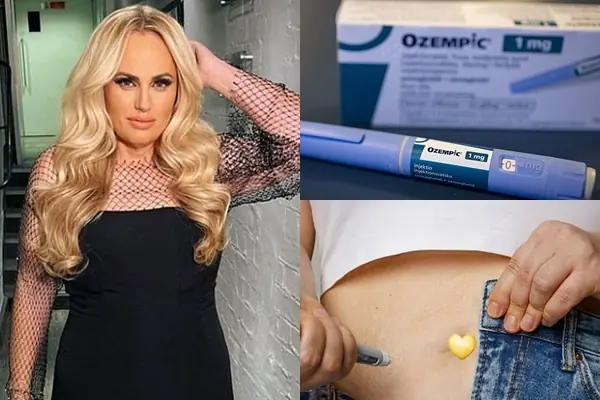
Experts issue urgent warning about terrifying hidden symptom from taking Mounjaro and Ozempic
Experts have issued an urgent warning about a symptom that can come to light from taking drugs such as Mounjaro and Ozempic.
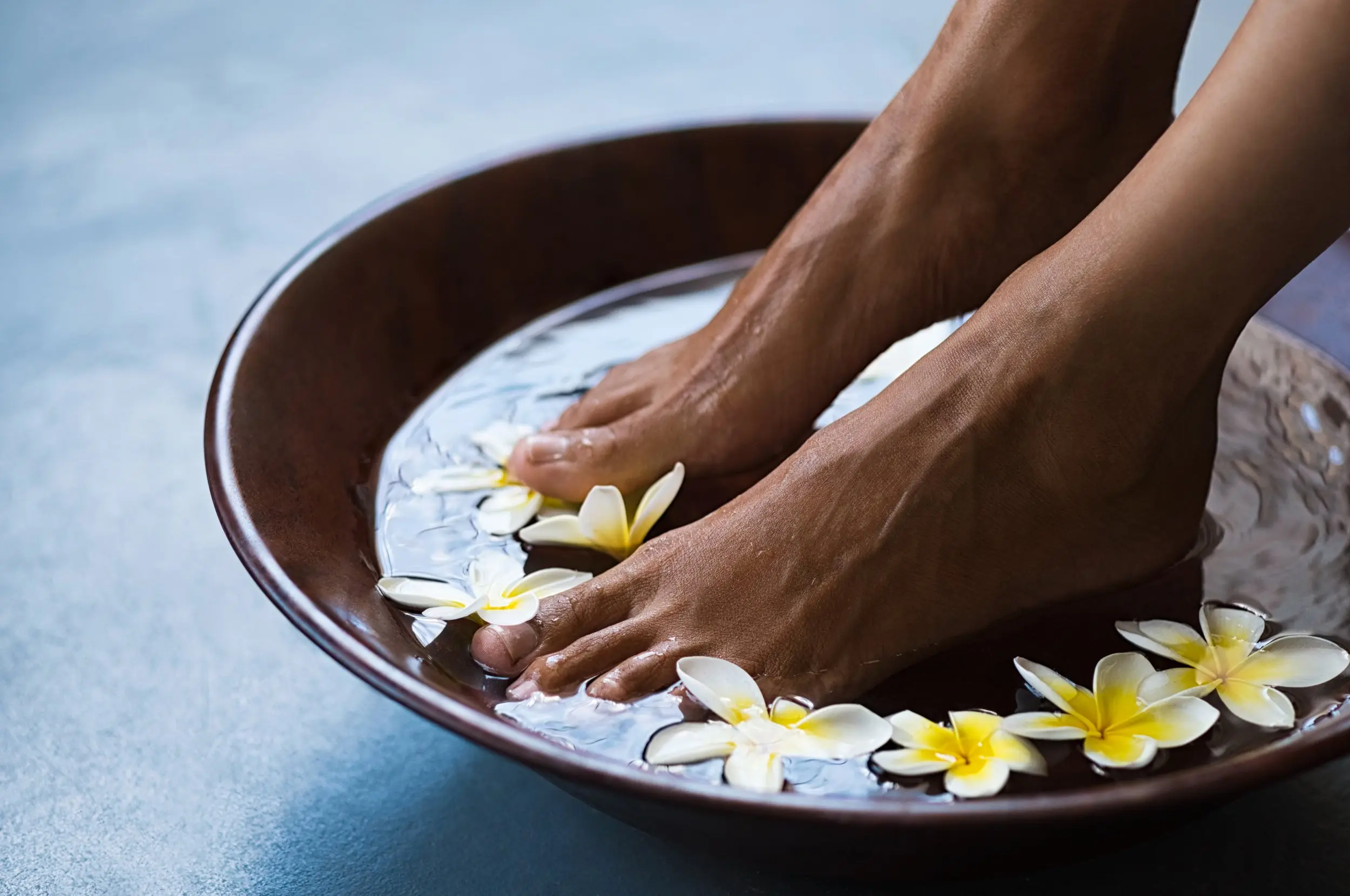
The Benefits of Epsom Salt Foot Soak: A Natural Remedy for Foot Pain and Health
Discover the health benefits of Epsom salt foot soaks, including pain relief, exfoliation, fungal infection treatment, and more. Learn how to safely use Epsom salt for foot health.

What Causes Blue Veins? Understanding the Reasons and When to Seek Help
Blue or green veins are common, but when should you worry? Learn the possible causes of visible veins, from genetics to lifestyle factors, and when it may indicate a medical condition.

7 Early Warning Signs of Diabetes You Shouldn’t Ignore: Act Now for Better Health
Learn about 7 early warning signs of diabetes that could be easily overlooked. Early detection can help manage diabetes, prevent complications, and improve quality of life. Read on for expert insights.

Genetic Link Between Endometriosis and Autoimmune Diseases Revealed in New Study
A new study has identified a shared genetic link between endometriosis and autoimmune conditions. Women with endometriosis are at a higher risk for diseases like rheumatoid arthritis, multiple sclerosis, and psoriasis.
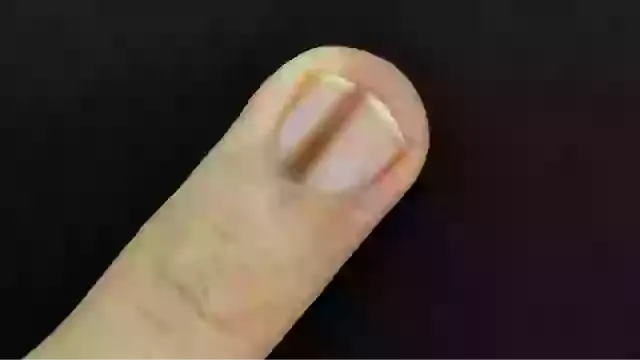
People Warned to See a Doctor After Sharing Photo of Concerning Dark Line on Finger
A Reddit user received warnings to see a doctor immediately after posting an image of a dark line on their finger. Learn about melanonychia and why nail discoloration can be a serious health concern.
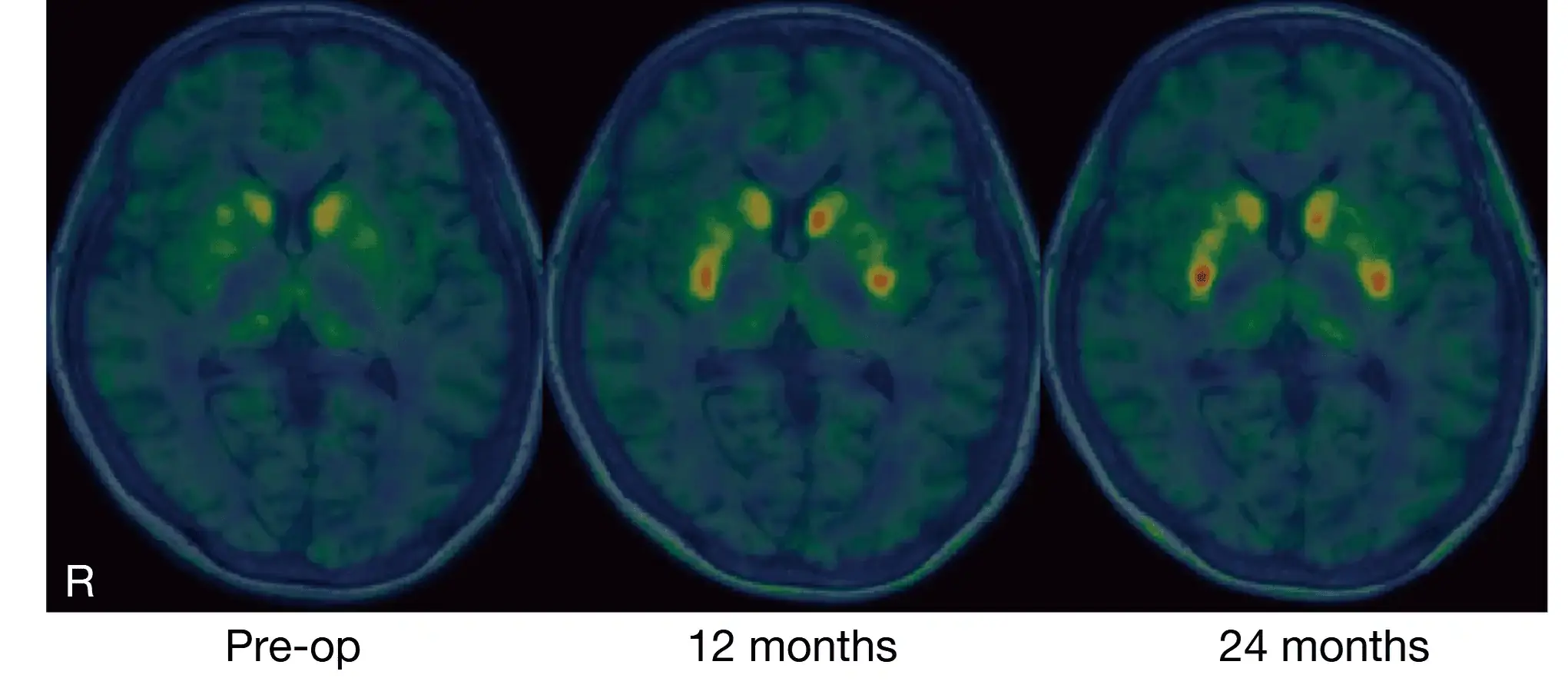
Breakthrough in Parkinson’s Treatment: Japanese Scientists Successfully Implant Lab-Grown Brain Cells
Japanese researchers have made a groundbreaking discovery in Parkinson’s treatment using lab-grown brain cells. Early results from the clinical trial show promising improvements in movement and dopamine production.

4 Simple Steps to Cool Your Home Faster and Save on Electricity Before Turning on the Air Conditioner
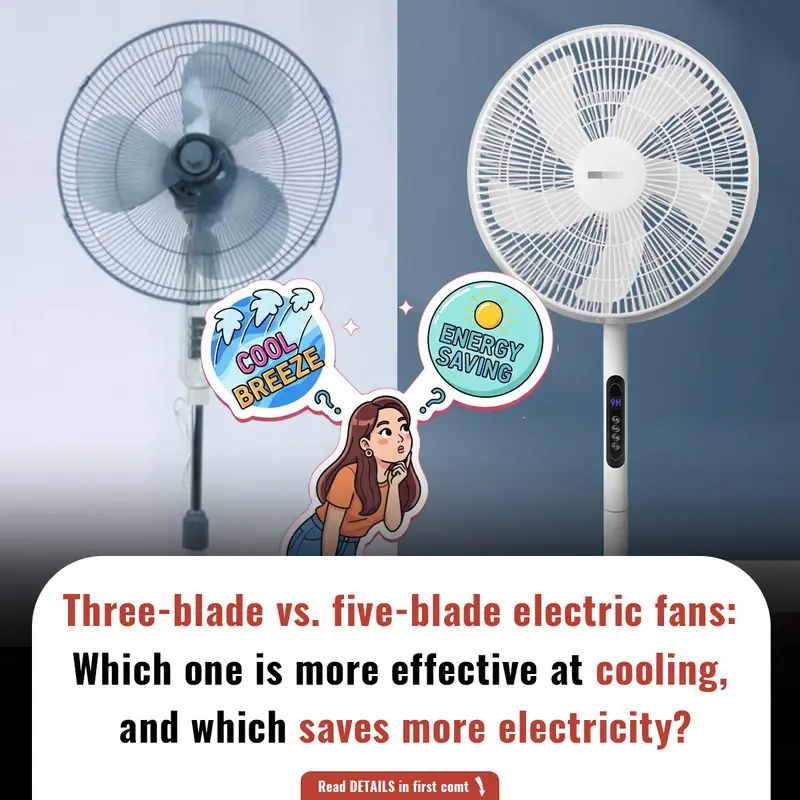
3-Blade vs. 5-Blade Fans: Which Cools Better? The Truth Behind Common Misconceptions

The Alarming Rise of Bowel C@ncer in Young Adults: Is Your Diet to Blame

United Airlines Passenger Punches Gate Agent, Kn0cking Them Out

Should You Close or Leave the Toilet Lid Open After Use? 90% of People Get It Wrong — Here's Why Your Bathroom Always Smells
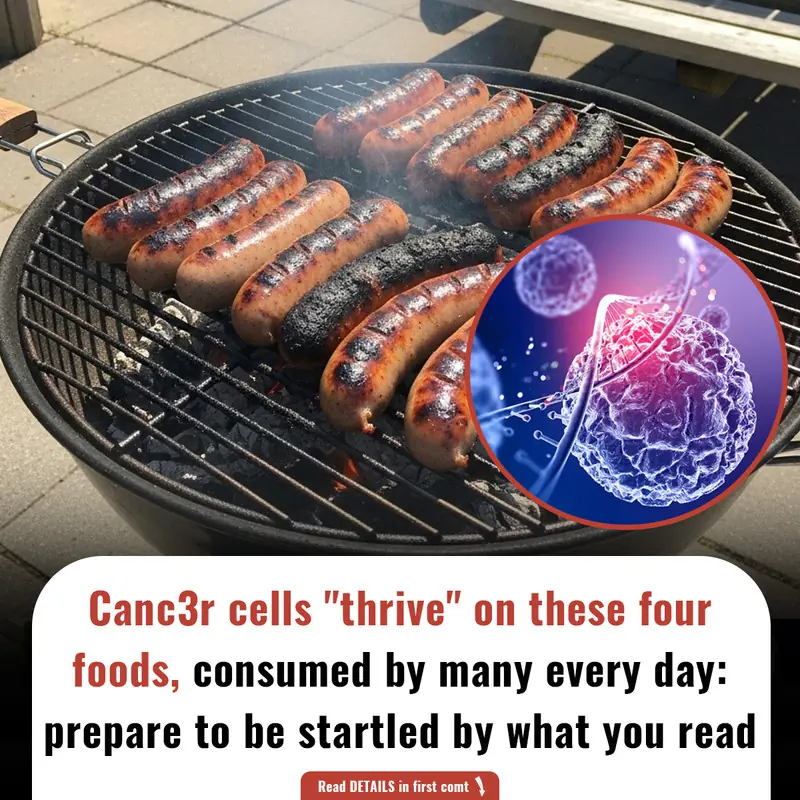
4 Everyday Foods That Fuel C@ncer Cells
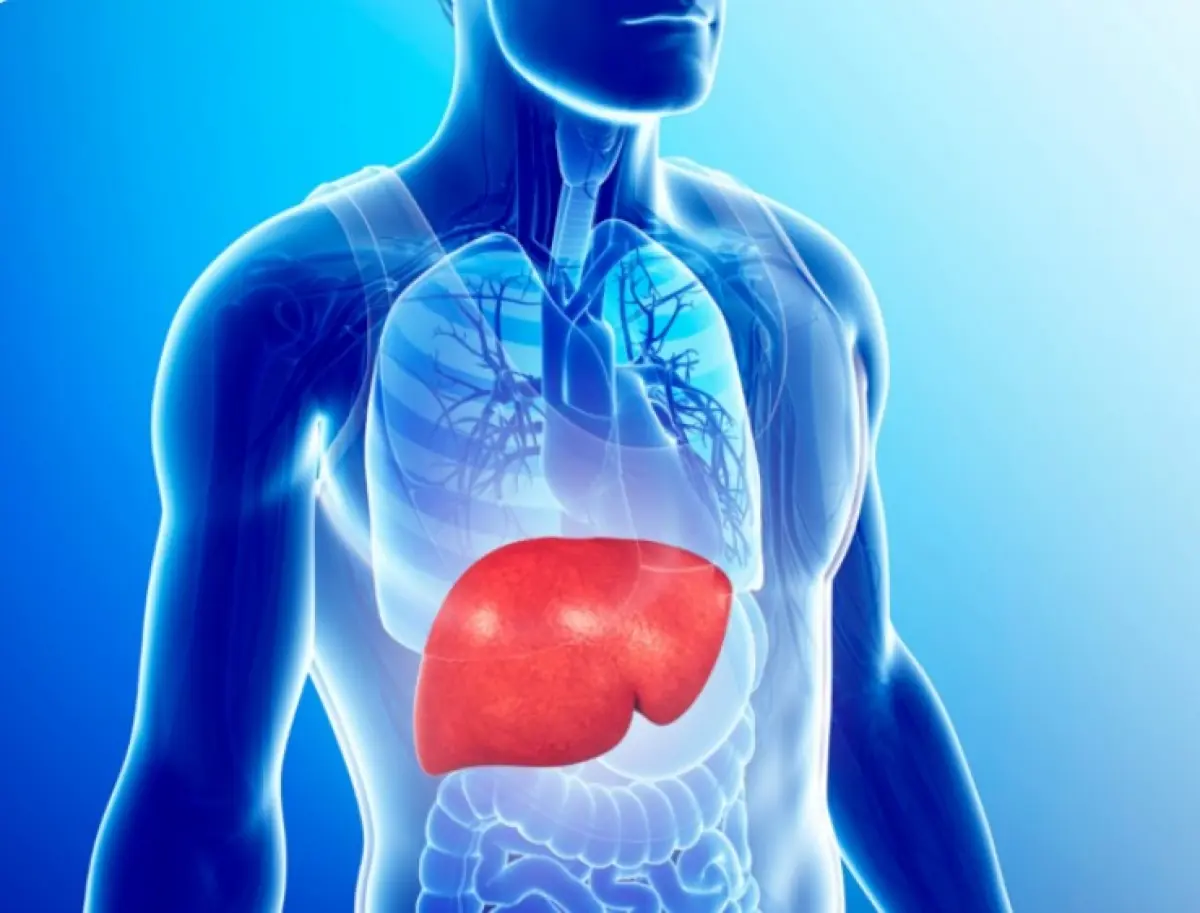
Fatty Liver Disease: A Silent Pathway to Liver C@ncer
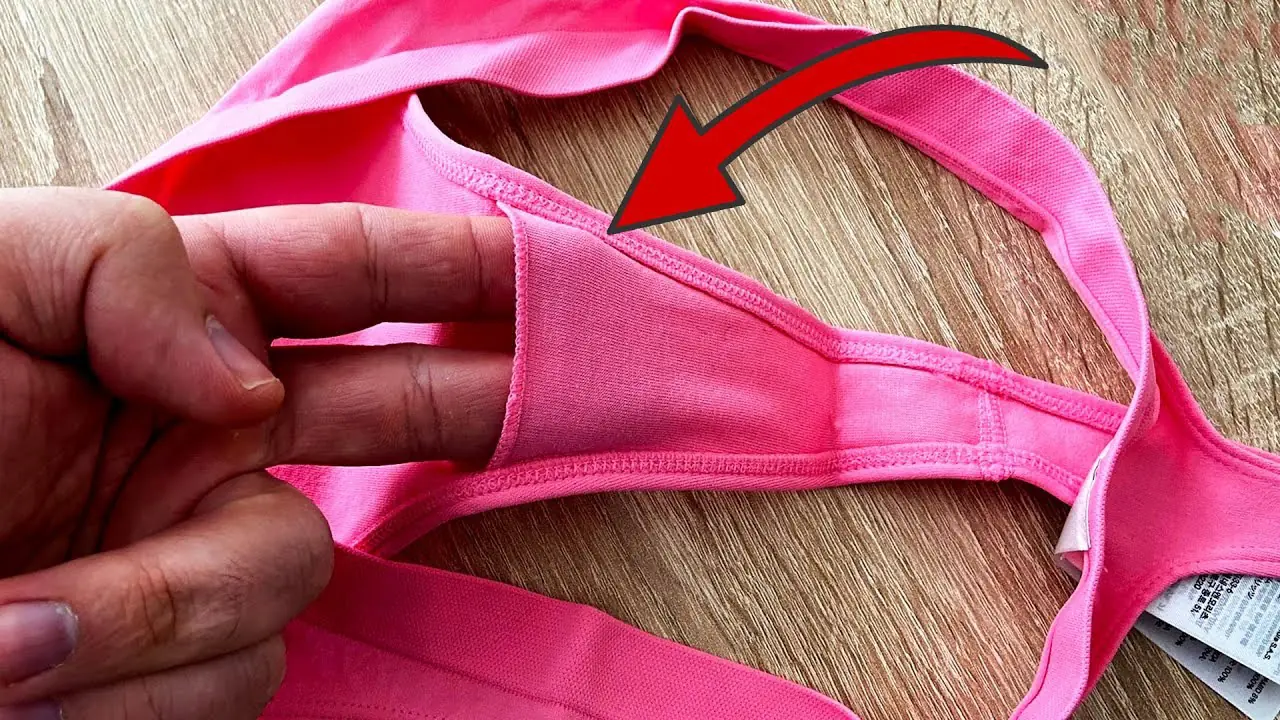
The Hidden Purpose of the Pocket in Women's Underwear: More Than Just a Design Feature
In actuality, the "pocket" in women's underwear is actually a gusset, which serves a number very valid purposes.

This quick 'cup of tea' test could be a simple way to spot early signs of dementia in a loved one

A doctor has revealed a simple thumb test that can uncover a "ticking time b0mb" heart condition
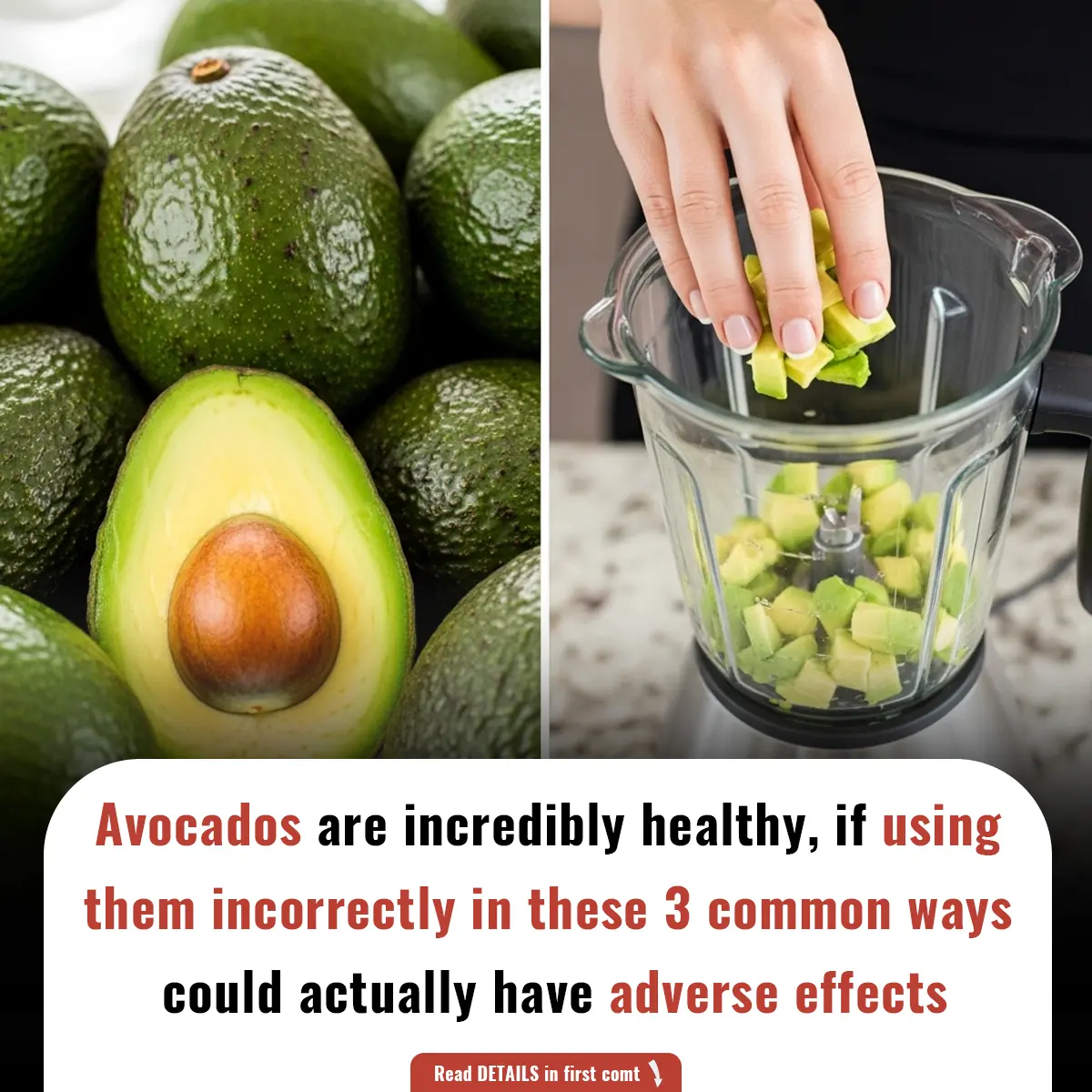
Avocados are incredibly healthy, if using them incorrectly in these 3 common ways could actually have adverse effects
News Post

The Woman Who Walked Away: A Journey of Self-Discovery and Empowerment
A powerful tale of self-realization as Alina breaks free from a toxic relationship, finding strength and confidence after a painful breakup. Discover how she chooses her own path towards happiness and independence.

Silent Signals: Recognizing the Subtle Symptoms of Pancreatic C@ncer

The Earring in the Passenger Seat: A Suspicious Find Leads to a Truthful Confrontation
A woman finds a sh0cking truth after discovering a mysterious child’s drawing in her fiancé’s car. Suspicion, betrayal, and secrets unravel as she confronts him, ultimately deciding the fate of their relationship.

Am I Wrong for Not Laughing at My Fiancé's "Jokes" About Calling Off Our Wedding?
A bride-to-be is questioning her relationship after her fiancé repeatedly jokes about calling off their wedding. What happens when humor crosses the line into hurtful behavior?

36-Year-Old Teacher Passed Away From Diabetes Doctors Say Was Triggered By Everyday Foods
Diabetes is a dangerous condition with numerous complications, and diet is a key factor.

Experts issue urgent warning about terrifying hidden symptom from taking Mounjaro and Ozempic
Experts have issued an urgent warning about a symptom that can come to light from taking drugs such as Mounjaro and Ozempic.

The Benefits of Epsom Salt Foot Soak: A Natural Remedy for Foot Pain and Health
Discover the health benefits of Epsom salt foot soaks, including pain relief, exfoliation, fungal infection treatment, and more. Learn how to safely use Epsom salt for foot health.

What Causes Blue Veins? Understanding the Reasons and When to Seek Help
Blue or green veins are common, but when should you worry? Learn the possible causes of visible veins, from genetics to lifestyle factors, and when it may indicate a medical condition.
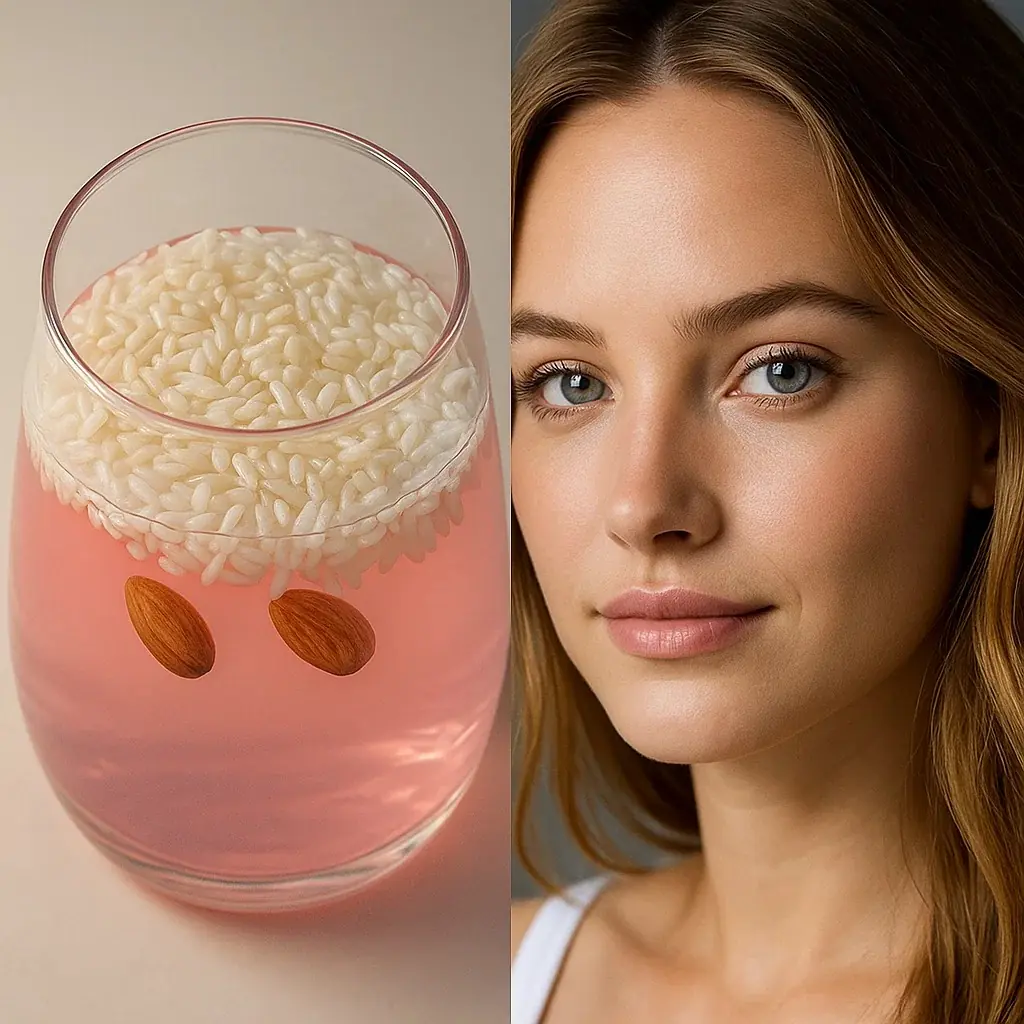
DIY Rice Cream for Radiant, Youthful Skin: The Japanese Secret to Erasing Wrinkles & Fine Line
With its powerful combination of rice, almond oil, and vitamin-rich ingredients, this rice cream provides nourishment, hydration, and antioxidant protection to your skin.

7 Early Warning Signs of Diabetes You Shouldn’t Ignore: Act Now for Better Health
Learn about 7 early warning signs of diabetes that could be easily overlooked. Early detection can help manage diabetes, prevent complications, and improve quality of life. Read on for expert insights.
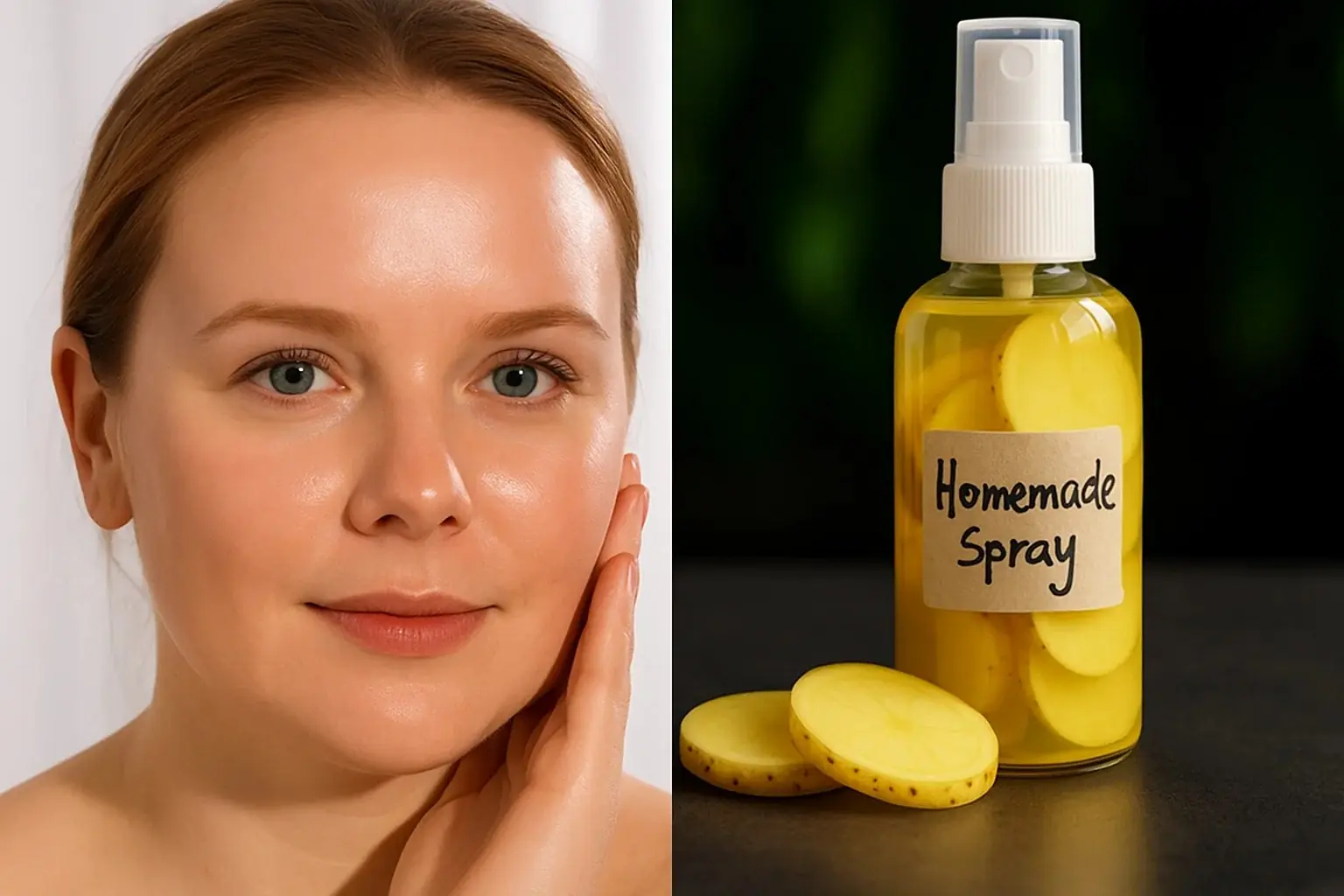
5 Homemade Skin Toners for Smooth, Glowing Skin: Natural Remedies for Every Skin Type
By incorporating these toners into your daily routine, you can expect healthier, brighter, and more balanced skin without the use of harsh chemicals.

Genetic Link Between Endometriosis and Autoimmune Diseases Revealed in New Study
A new study has identified a shared genetic link between endometriosis and autoimmune conditions. Women with endometriosis are at a higher risk for diseases like rheumatoid arthritis, multiple sclerosis, and psoriasis.
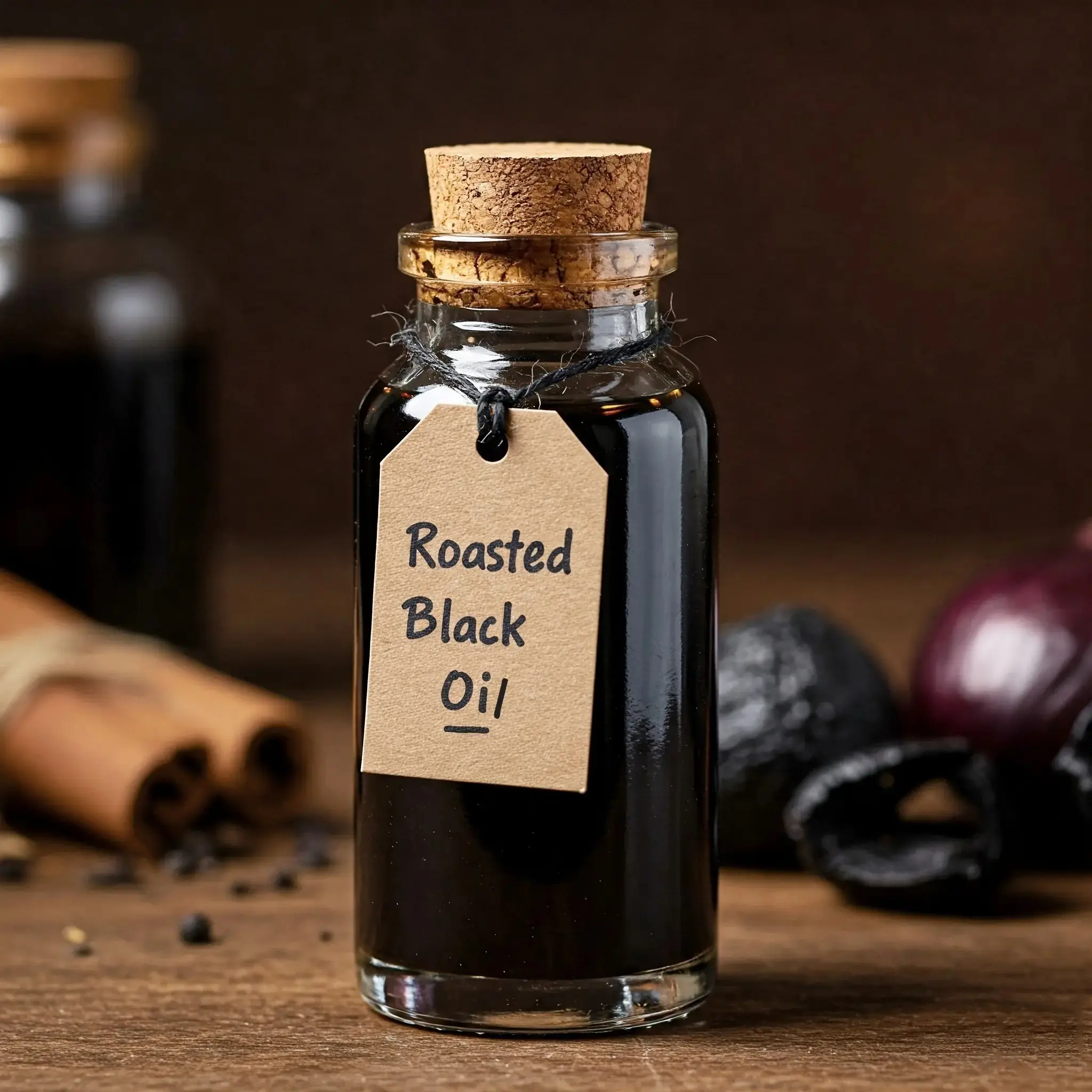
Roasted Onion Peel and Garlic Peel Remedies for Grey Hair: Natural Solutions for Dark, Vibrant Hair
. Roasted onion peel and garlic peel offer effective, safe, and natural alternatives that can help you combat grey hair and restore youthful vitality.

People Warned to See a Doctor After Sharing Photo of Concerning Dark Line on Finger
A Reddit user received warnings to see a doctor immediately after posting an image of a dark line on their finger. Learn about melanonychia and why nail discoloration can be a serious health concern.

Breakthrough in Parkinson’s Treatment: Japanese Scientists Successfully Implant Lab-Grown Brain Cells
Japanese researchers have made a groundbreaking discovery in Parkinson’s treatment using lab-grown brain cells. Early results from the clinical trial show promising improvements in movement and dopamine production.

4 Simple Steps to Cool Your Home Faster and Save on Electricity Before Turning on the Air Conditioner
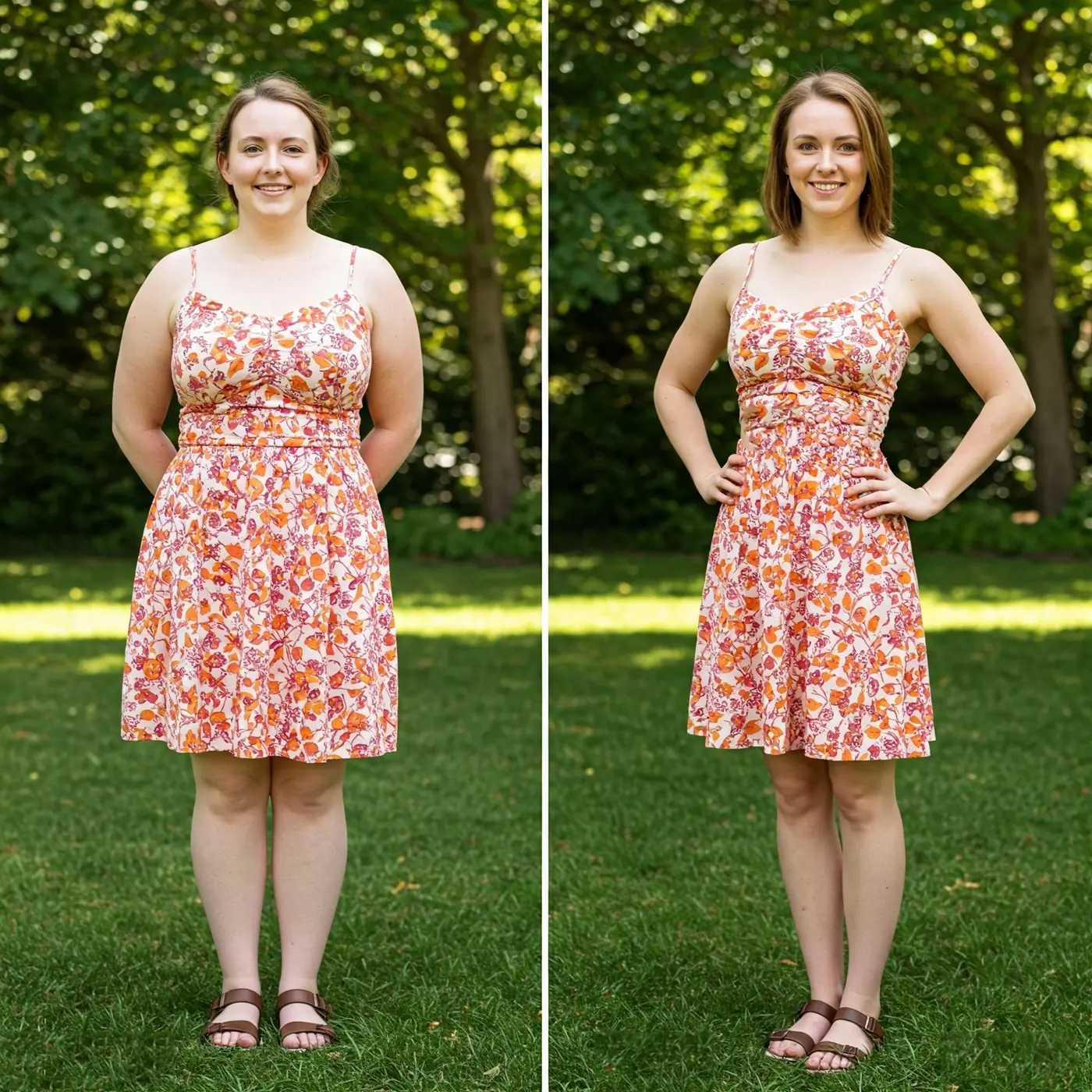
Effective Cumin Seed Detox Tonic for Belly Fat Reduction: Your Ultimate Guide to a Flatter Midsection
The cumin seed detox tonic is a natural, easy-to-make remedy that can help accelerate belly fat loss, improve digestion, and enhance overall health.

3-Blade vs. 5-Blade Fans: Which Cools Better? The Truth Behind Common Misconceptions

The Alarming Rise of Bowel C@ncer in Young Adults: Is Your Diet to Blame
